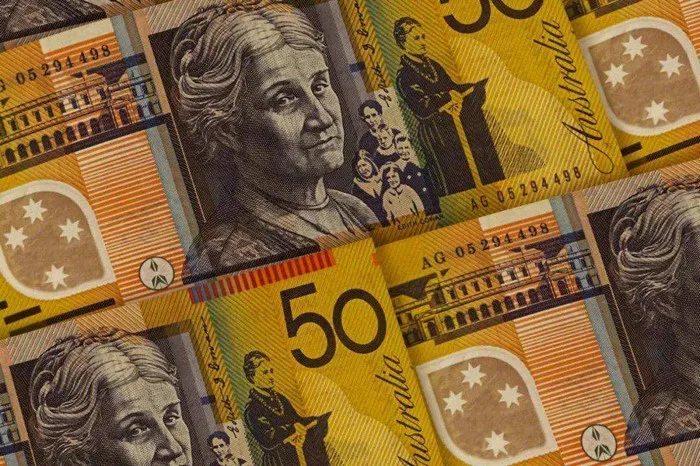The world of international finance is complex and ever-changing, with currency values playing a crucial role in global economic interactions. Among the myriad of currencies, the Australian Dollar (AUD) and the United States Dollar (USD) are two significant players. Investors, businesses, and individuals alike often ponder the question: Is the Australian Dollar worth less than the US Dollar? To answer this, it is imperative to delve into the factors influencing currency valuation and the historical trends that have shaped the exchange rates between these two currencies.
Factors Influencing Currency Valuation
Interest Rates:
One of the primary factors affecting currency values is interest rates. Central banks, such as the Reserve Bank of Australia (RBA) and the Federal Reserve in the United States, set interest rates to control inflation and stimulate economic growth. Higher interest rates in a country typically attract foreign capital, increasing demand for the currency and driving up its value. Conversely, lower interest rates may result in a depreciation of the currency.
Economic Indicators:
Various economic indicators, including GDP growth, employment rates, and manufacturing output, contribute to the overall economic health of a country. Strong economic performance often leads to an appreciation of the currency, while economic downturns can result in depreciation. Both Australia and the United States closely monitor these indicators to assess the overall health of their economies.
Trade Balances:
The balance of trade, which is the difference between a country’s exports and imports, significantly influences currency valuation. A trade surplus, where a country exports more than it imports, tends to strengthen its currency. On the other hand, a trade deficit, indicating higher imports than exports, can lead to a weaker currency. Australia, being a resource-rich nation, heavily relies on exports, particularly of commodities like iron ore and coal, which can impact the value of the AUD.
Political Stability and Economic Policies:
Political stability and transparent economic policies play a pivotal role in shaping investor confidence. Countries with stable political environments and clear economic policies are generally viewed favorably by investors, attracting foreign capital and strengthening their currencies. Any political uncertainty or inconsistency in economic policies can have the opposite effect.
Historical Trends
Over the years, the exchange rate between the AUD and USD has experienced fluctuations driven by a myriad of factors. In the early 2000s, the Australian Dollar traded at levels significantly below the US Dollar, reaching a low of around 0.50 USD in 2001. However, in the subsequent years, the AUD strengthened against the USD, reaching parity in 2011, where one Australian Dollar was equivalent to one US Dollar.
The surge in the Australian Dollar during this period was largely attributed to the robust performance of the Australian economy, driven by high commodity prices, particularly in the mining sector. As China’s demand for resources soared, Australia, being a major exporter of commodities, reaped the benefits, contributing to the appreciation of the AUD.
In recent years, the exchange rate has seen fluctuations influenced by factors such as shifts in interest rates, changes in global economic conditions, and geopolitical events. The USD has regained strength against the AUD, partly due to the Federal Reserve’s tightening of monetary policy and the relative resilience of the US economy.
Current Outlook
As of the latest market data, the Australian Dollar is trading at a lower value compared to the US Dollar. The exchange rate is influenced by a combination of domestic and international factors. The Reserve Bank of Australia’s decision to maintain a relatively low-interest-rate environment to support economic recovery has put downward pressure on the AUD. Additionally, uncertainties in global markets, including trade tensions and geopolitical events, have contributed to the relative strength of the USD as a safe-haven currency.
Investors and analysts closely monitor these factors to make informed decisions about currency holdings and investments. However, predicting currency movements is inherently challenging, given the multitude of variables at play in the global economic landscape.
See Also What Does The New Australian $100 Note Look Like?
Conclusion
In conclusion, the question of whether the Australian Dollar is worth less than the US Dollar is dynamic and contingent on a range of economic, political, and global factors. While historical trends provide insights into past movements, predicting future exchange rates requires a comprehensive understanding of the ever-evolving economic landscape. Investors and businesses navigating the intricacies of the foreign exchange market must stay informed about key indicators and events influencing currency values to make prudent decisions in this dynamic environment.


